Svábhegy was once not one of the most frequented places in the capital. It was a sparsely populated mixture of gardens and small mansions, where the few inhabitants of the area lived in rather harsh conditions in the 1800s. The view of the city from here, however, was already unmatched.
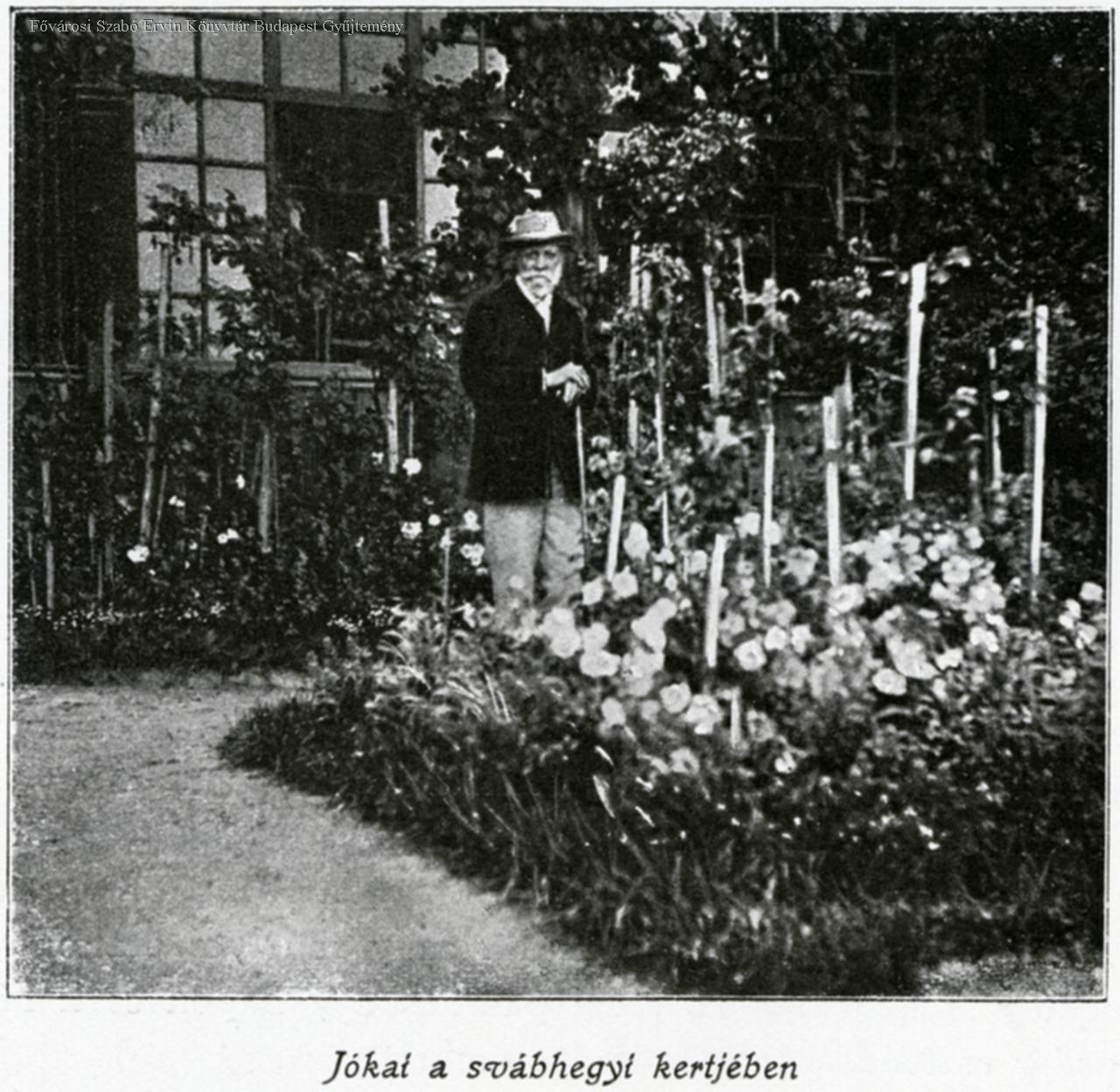
Mór Jókai in his garden in Svábhegy. Unfortunately, the villa building was destroyed. It was demolished after World War II (Photo: FSZEK Budapest Collection)
In 1853, at the age of 28, Mór Jókai bought an abandoned two-acre quarry on the side of Svábhegy from the income of his novels Egy magyar nábob and Kárpáthy Zoltán. There was a house on the plot, and with a lot of work, he created an orchard and vineyard, and he landscaped the rest of the area with lindens, maples, elm trees, and berry bushes: rowan, hawthorn. These then protected the garden from the cold winds of the hard winters. Several trees have survived to this day.
Jókai held large harvest events here, which turned into intellectual workshops thanks to the writers he invited. He designed a terraced garden, planted proper companion plants, and even brought better soil to help produce good wines. The terraced nature of the garden can still be seen to this day, although it is somewhat unusual in a metropolitan setting.
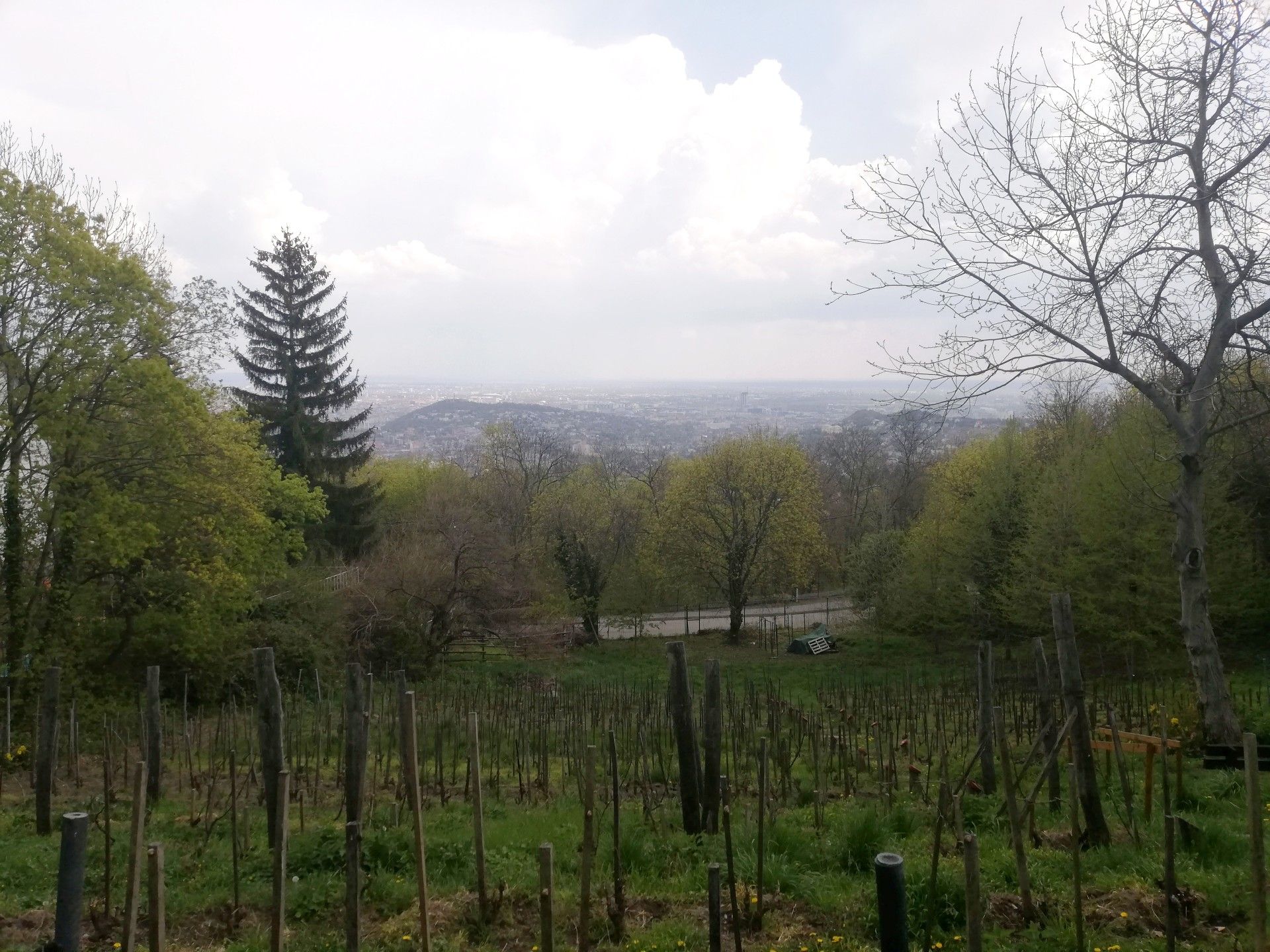
The terraced character with this beautiful view is quite special (Photo: Dávid Palotás / pestbuda.hu)
The Jókai Garden is best reached with the cogwheel railway. The line gives a sense of attunement to the past and offers a stunning view of the city. Visitors should get off at the Svábhegy stop. Those arriving by car should park in the same area, there are several car parks nearby. A reputable patisserie stands on Szépkilátás Street (which is now too built-in to serve its name: belvedere).
Szépkilatás Street ends in a flight of steps at Tücsök Street, leading on to cosy little alleys. Then, turning from Diana Street to Költő Street, we have arrived: the garden entrance is only 150 meters away. A multitude of boards greets visitors, drawing attention to how many institutions are housed in the garden. The Directorate of the Danube-Ipoly National Park, the Jókai Memorial Room of the Petőfi Literary Museum, the seat of the Hungarian Ornithological Society (MME), and the András Keve Special Library, which is connected to the MME are all found here.
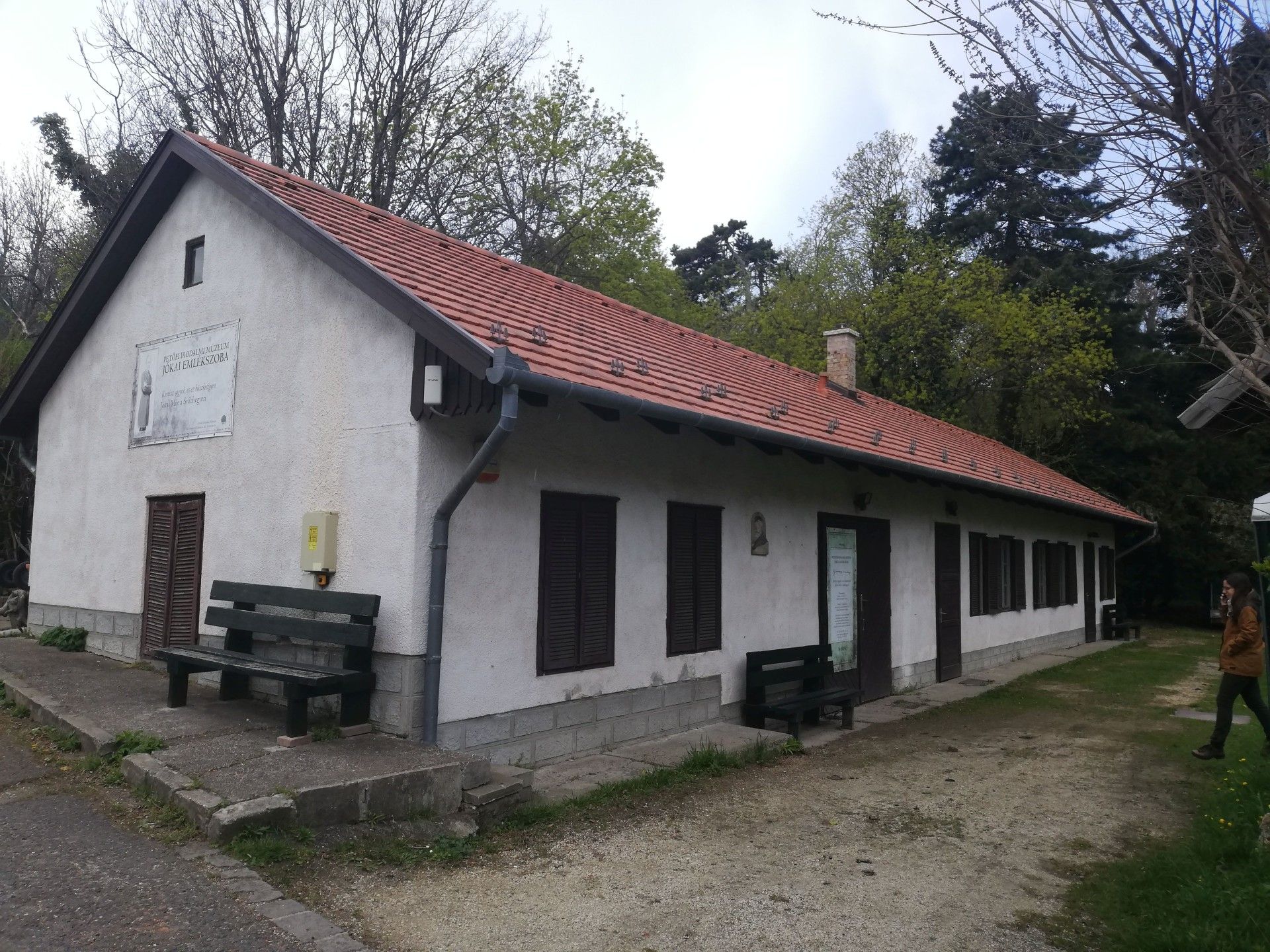
The Jókai Memorial Room is located in the former press house (Photo: Dávid Palotás / pestbuda.hu)
Unfortunately, the Jókai's villa is no longer standing; it was damaged in World War II, became dangerous and was demolished, but the press house stayed intact, in which the writer's memorial room can be found. The office building of the board of directors, built in the sixties, stands on the site of the villa. Unfortunately, constructing a more authentic building was not considered in the era. A picture of Jókai's mansion has survived. This is displayed in the park. The garden is essentially an educational trail, reviving the best moments of Jókai's life, and an outdoor rock exhibition has been established in the area.
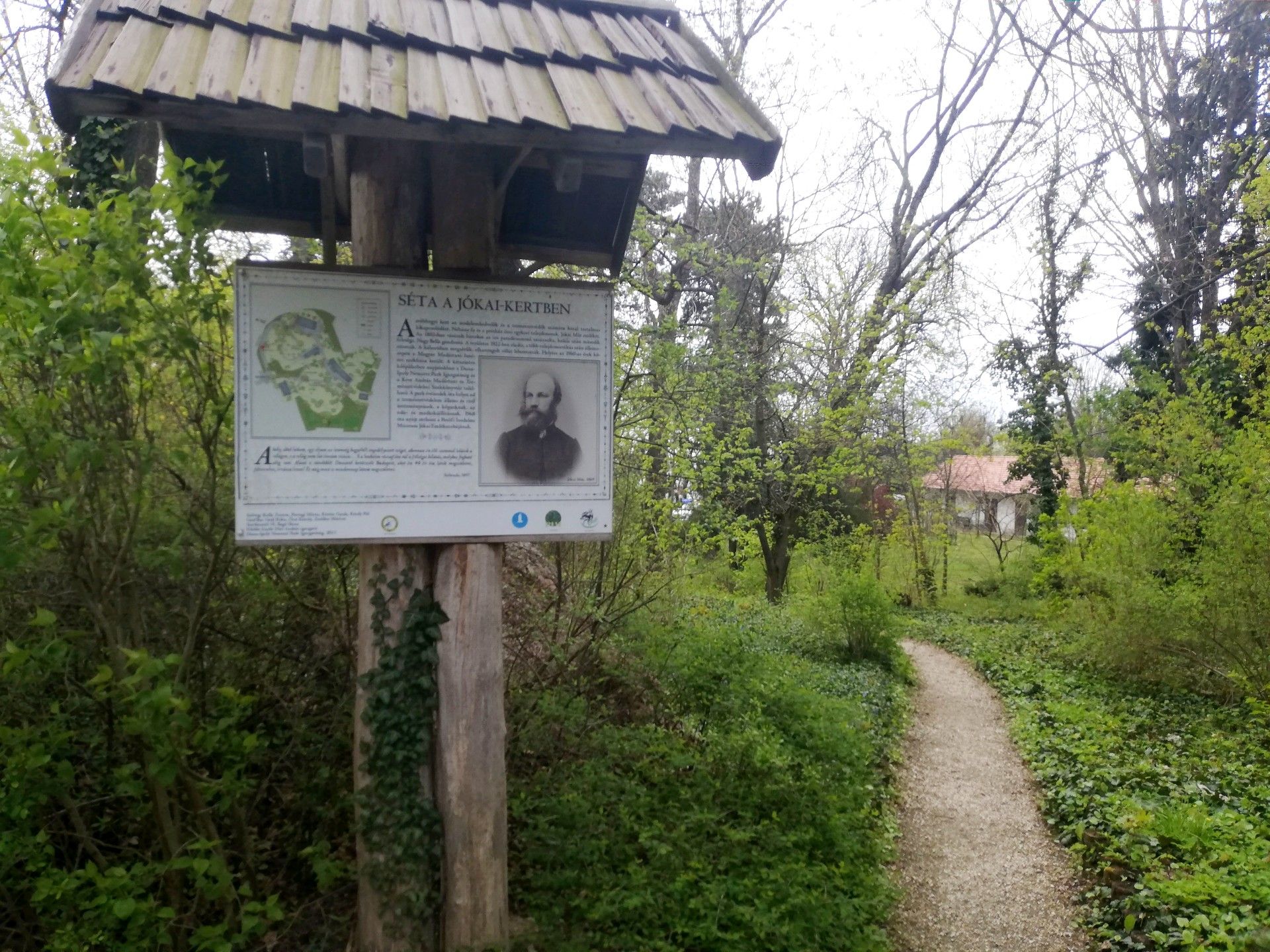
Many information boards in the garden introduce the life of Mór Jókai (Photo: Dávid Palotás / pestbuda.hu)
The terraced vineyard is located in the southern part of the garden. From time to time, wine tours are organized with tastings of the grape varieties found here. Several information boards provide visitors with a wealth of information: it can be called a really well-designed and kept park. This also means that it is not a public park, it is closed at night, and a camera system takes care of security.
Jókai's favourite place was his lion bench from which an unparalleled panorama opened up in his day. Unfortunately, this is a thing of the past, but at the end of the garden, at the Ornithological Society’s store, wooden seating has been built for guests. Near the lion stone bench is the statue of Anacreon by József Róna, for which he used the face of Jókai.
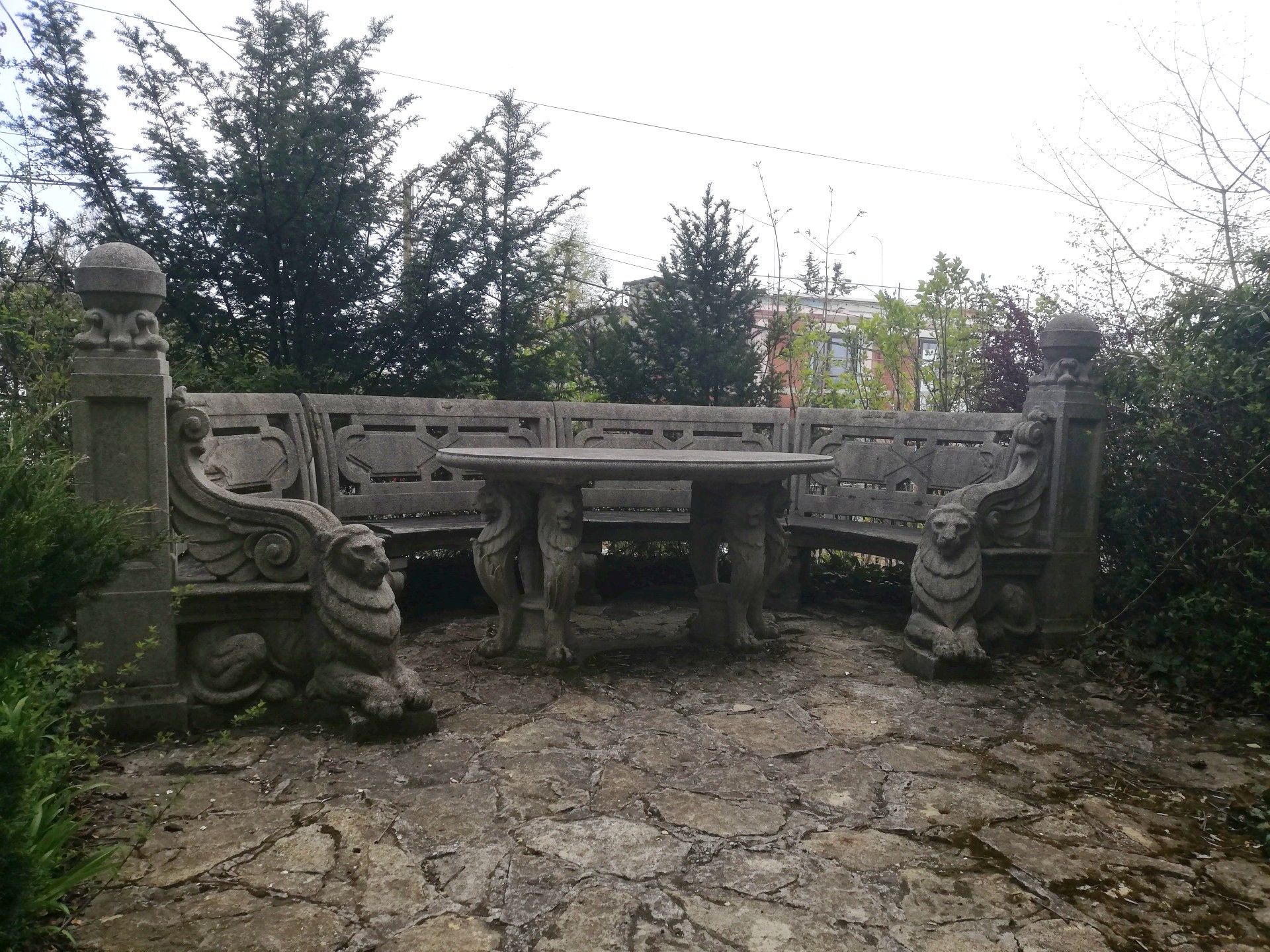
The stone bench can be seen in its original splendour. Only its surroundings have changed (Photo: Dávid Palotás / pestbuda.hu)
In addition to the garden, it is also worth taking a closer look at the area on foot. At the corner of Költő Street and Diana Street is the eye-catching Art Nouveau building, which houses the Jókai Mór German Nationality Primary School, which was financially supported by Jókai himself. In the square, the Jókai agora and the sculpture composition are also worth a look.
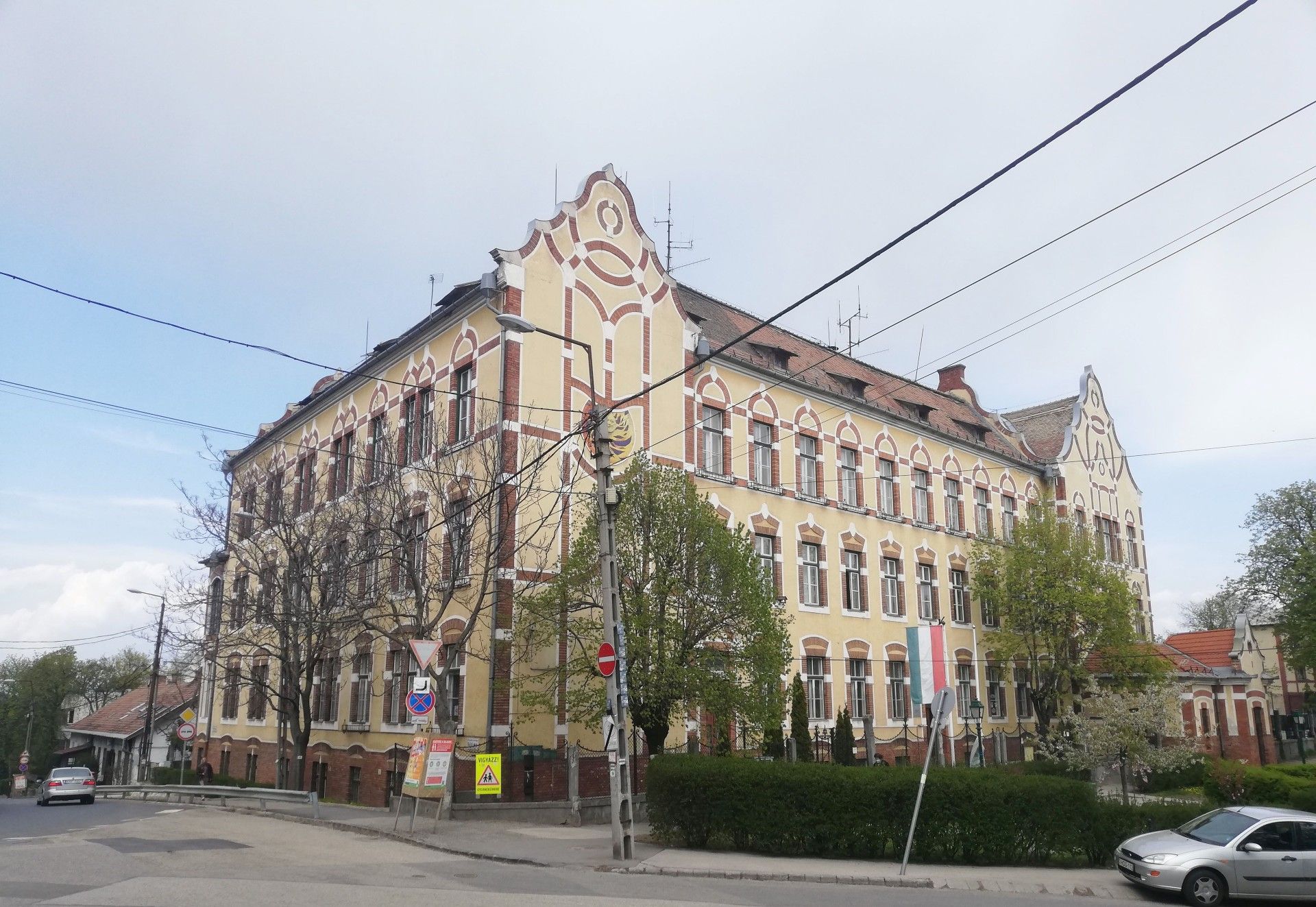
The building of the Jókai Mór Primary School (Photo: Dávid Palotás / pestbuda.hu)
From here, it is a 10-minute walk to the place with the most beautiful panorama in the area, at the roundabout at the end of Thomán István Street. Bus 112 has its terminus here if visitors want to travel there directly. The lookout point is less well-known, but locals often come out here and luckily, several benches are available. The buildings of Gellert Hill and Buda Castle can be seen. In good weather, visitors can see as far as the Mátra and the Gödöllő hills, Kőbánya Újhegy, Óhegy districts are also visible, as well as the Strázsa hill, which is twenty kilometres away.
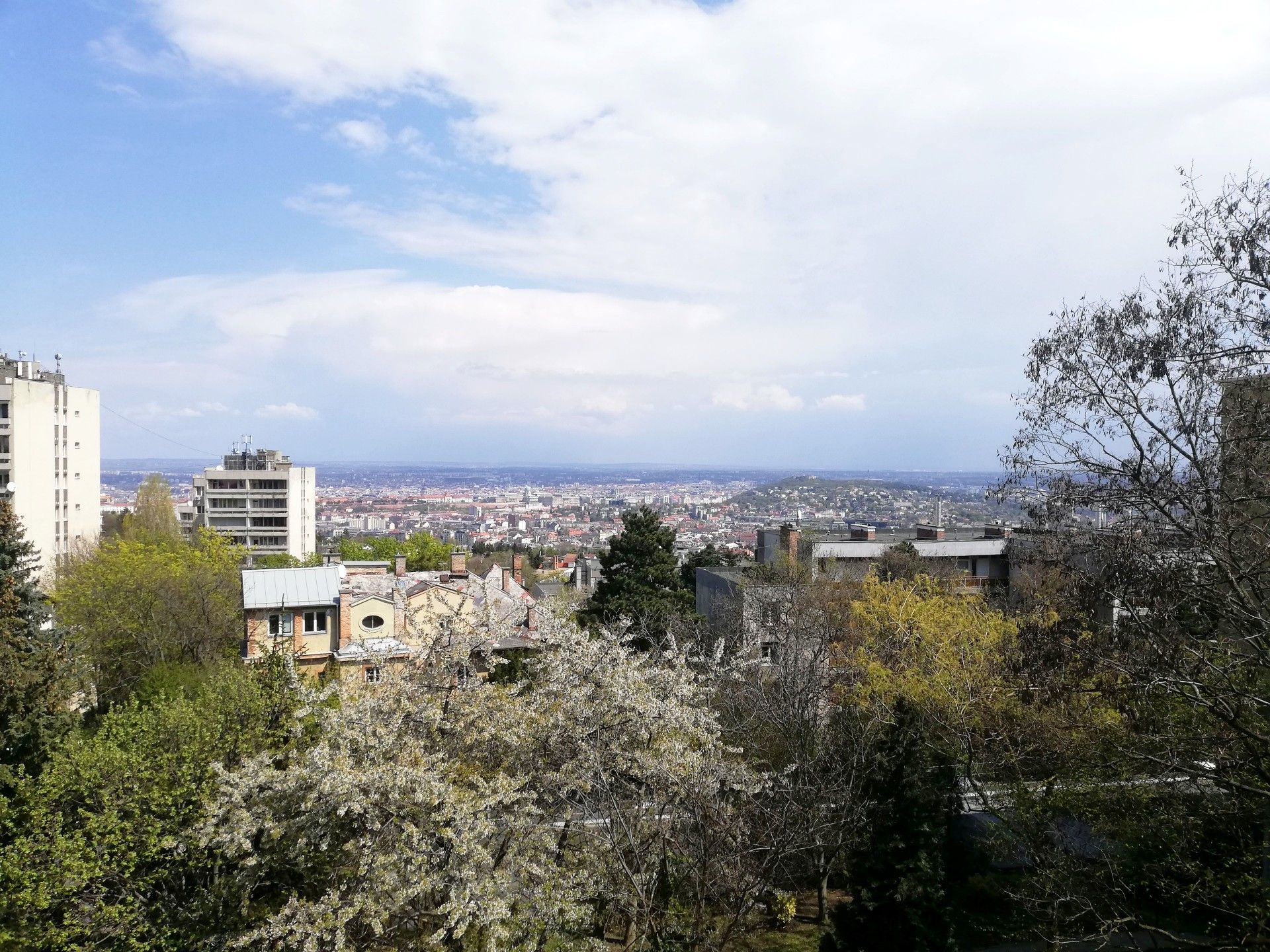
View from the end of Thomán István street (Photo: Palotás Dávid / pestbuda.hu)
The area is definitely worth a visit, for art lovers, it is absolutely best to go to the Jókai Memorial Room and to taste the fine wines. The terraced garden, the rock exhibition, the bird information boards, the plants of Jókai and the lion bench are all moving sights, while the nearby patisserie and restaurants offer gastronomic experiences.
Cover photo: A part of the Jókai garden (Photo: Dávid Palotás / pestbuda.hu)

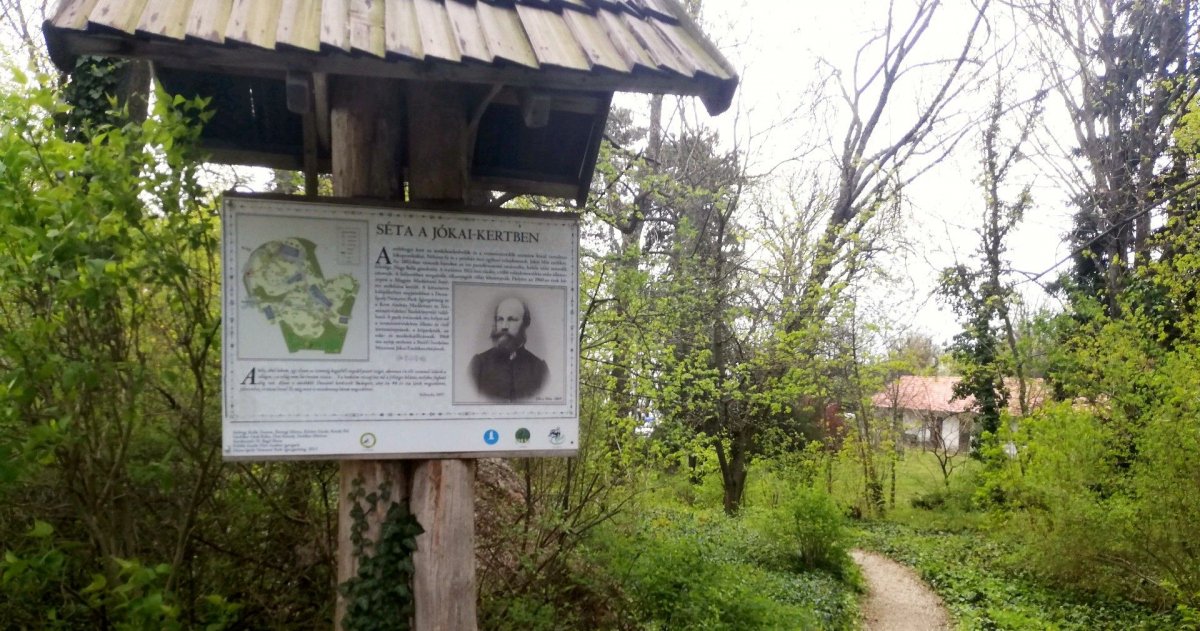

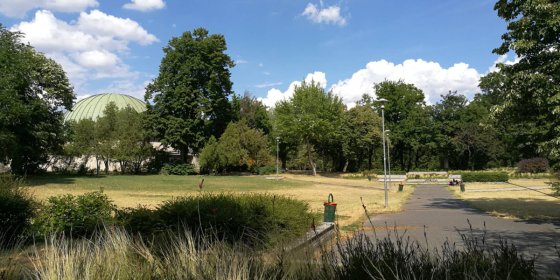
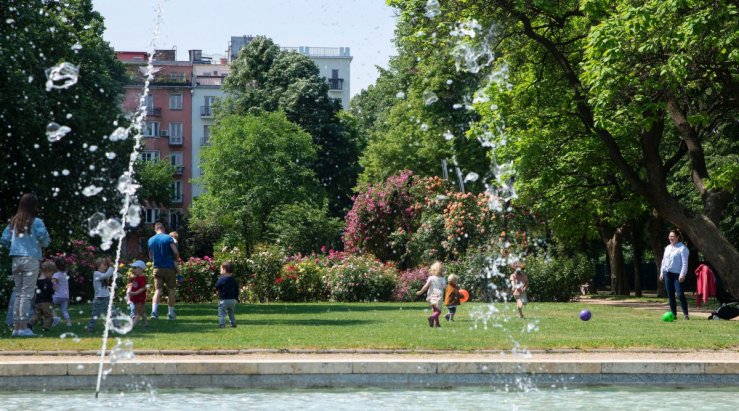
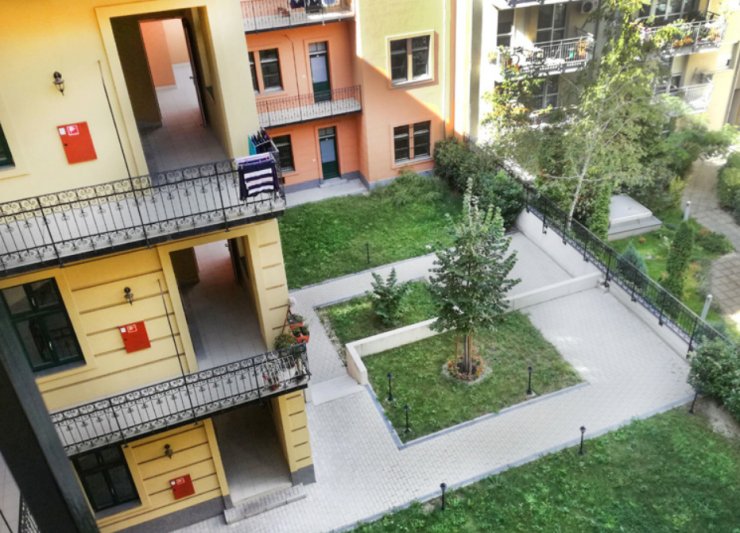

































Hozzászólások
Log in or register to comment!
Login Registration